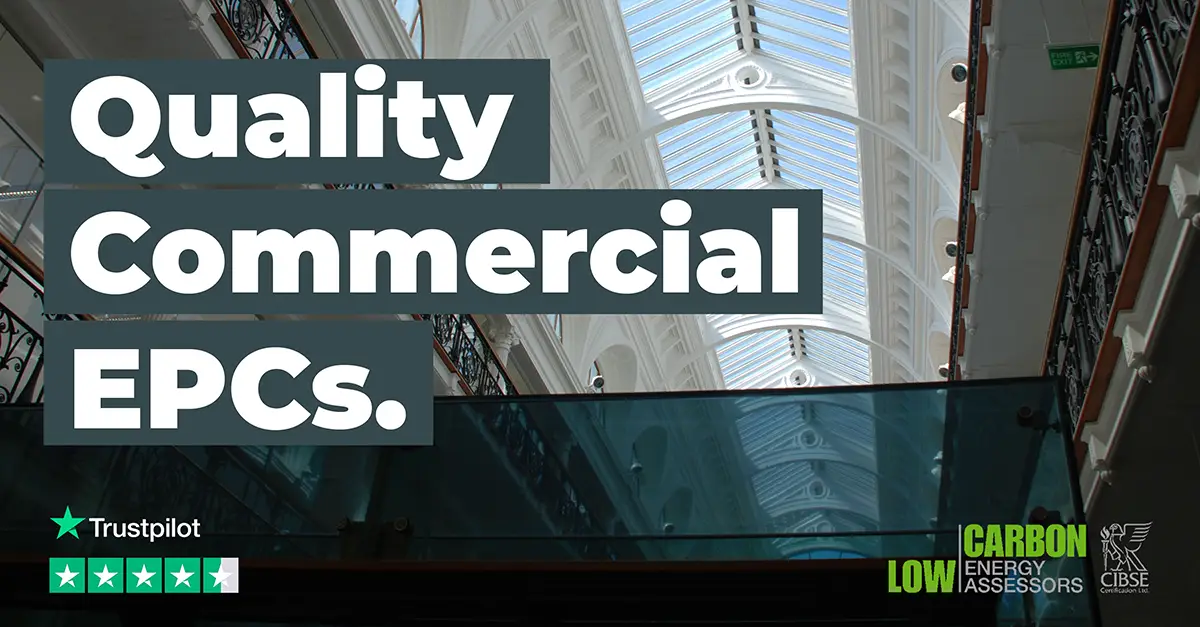Improving a commercial property’s EPC rating is crucial for regulatory compliance, cost reduction, and sustainability. With the UK government’s commitment to reducing carbon emissions, properties with poor EPC ratings may face increased scrutiny and penalties.
In this article, we will explore effective strategies to improve a commercial EPC rating, from simple upgrades to long-term investments in energy efficiency.

Understanding EPC Ratings
The EPC rating ranges from A (most efficient) to G (least efficient). To legally rent a commercial property, it must have a minimum rating of E under the Minimum Energy Efficiency Standards (MEES).
Strategies to Improve EPC Ratings
1. Upgrade Lighting Systems:
Replacing outdated incandescent or fluorescent lighting with LED bulbs can reduce energy consumption by up to 80%. Motion-sensor lighting can further optimize energy usage.
2. Enhance Insulation:
Proper insulation prevents heat loss and reduces the need for excessive heating and cooling. Key areas to insulate include walls, floors, roofs, and doors.
3. Improve Windows and Doors:
Installing double or triple-glazed windows can significantly improve insulation and energy efficiency. Adding draught-proofing seals prevents energy leakage.
4. Upgrade Heating, Ventilation, and Cooling Systems (HVAC):
Older HVAC systems are inefficient and consume excessive energy. Upgrading to energy-efficient alternatives such as heat pumps and smart thermostats can drastically improve EPC ratings.
5. Utilise Renewable Energy Sources:
Installing solar panels, wind turbines, or biomass heating can improve a property’s energy efficiency and reduce reliance on fossil fuels.
6. Implement Smart Energy Management Systems:
Energy management systems (EMS) monitor and optimize energy consumption in real-time, helping businesses track and reduce unnecessary energy waste.

Enhancing a commercial property’s EPC rating involves both immediate improvements and long-term investments. Businesses that prioritize energy efficiency will benefit from lower operational costs, increased property value, and compliance with environmental regulations.

